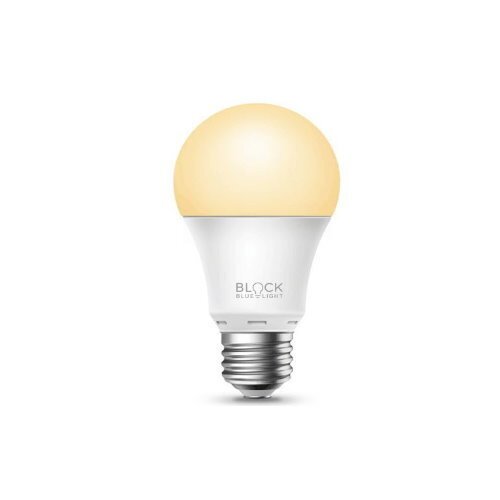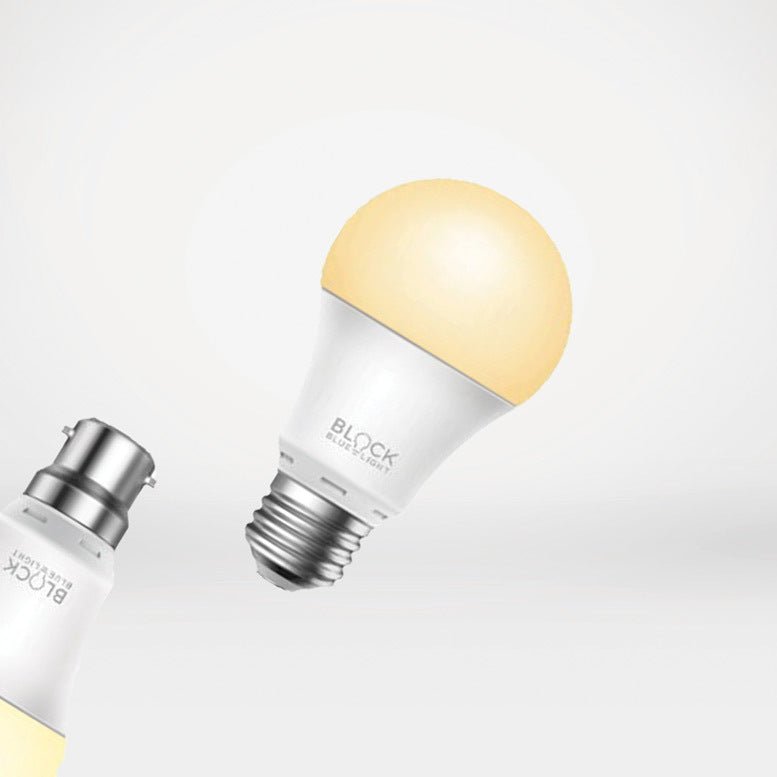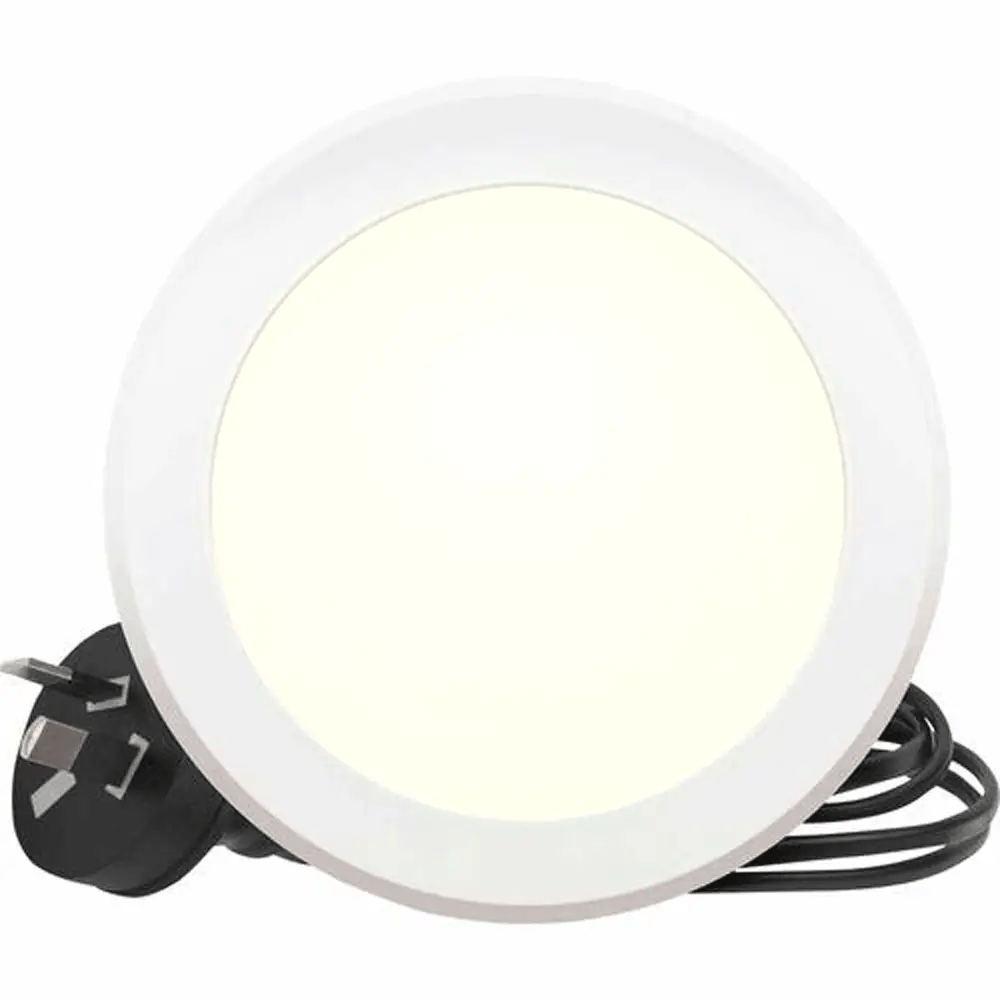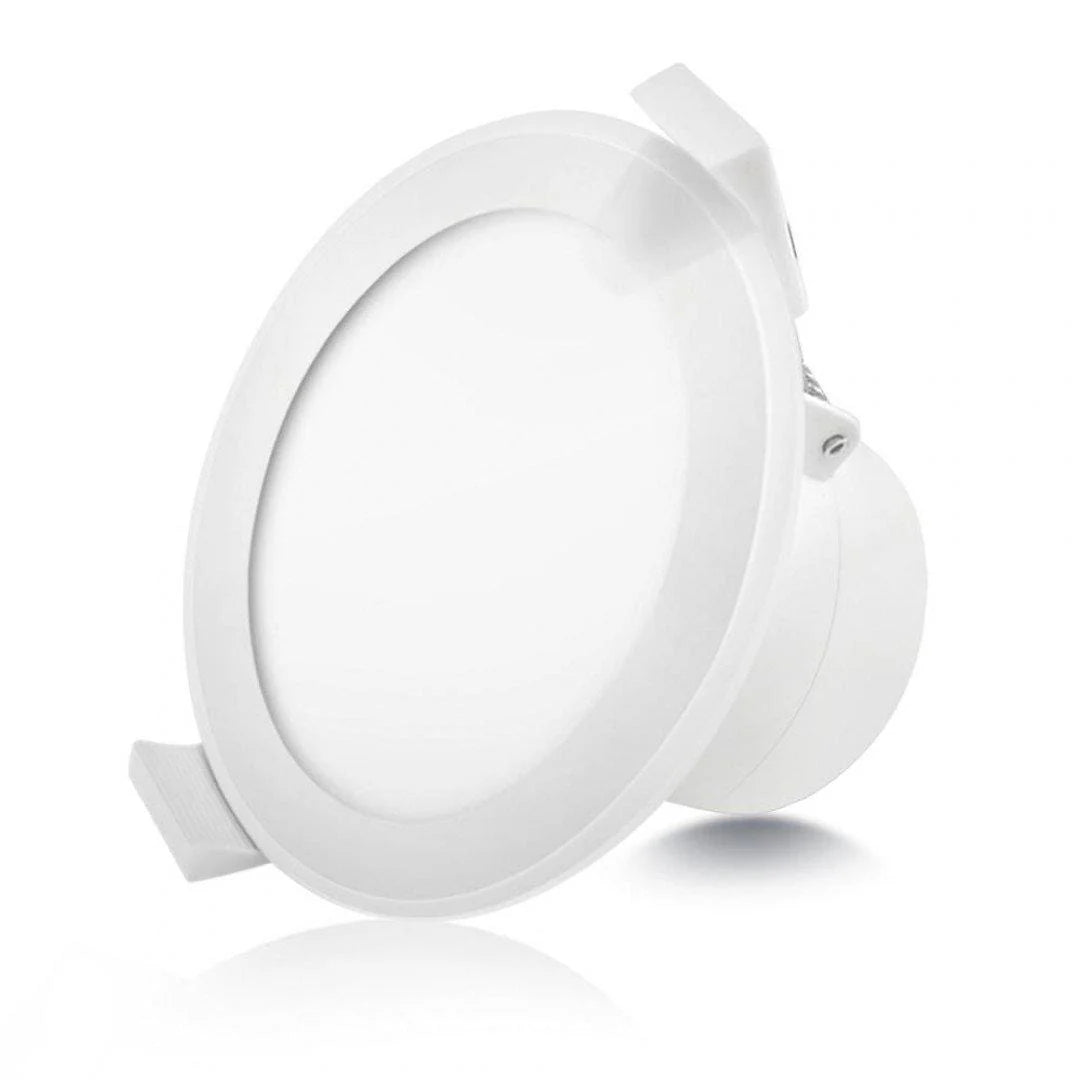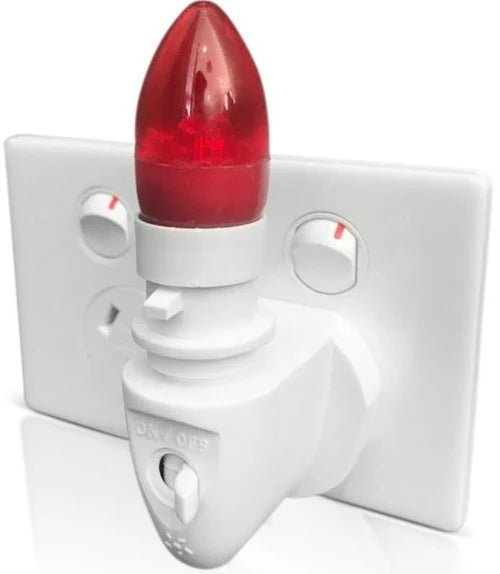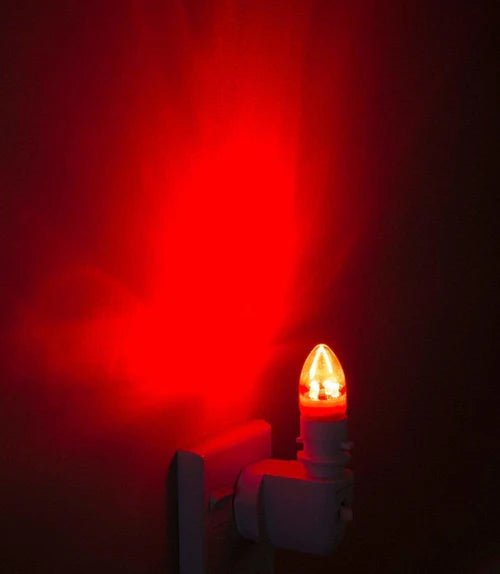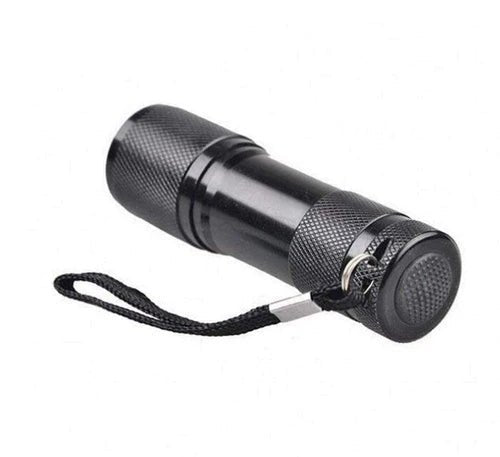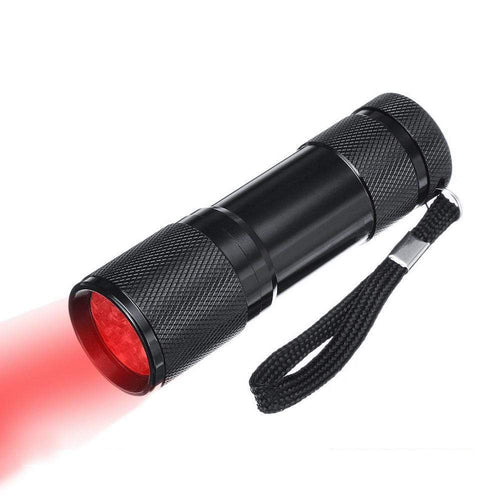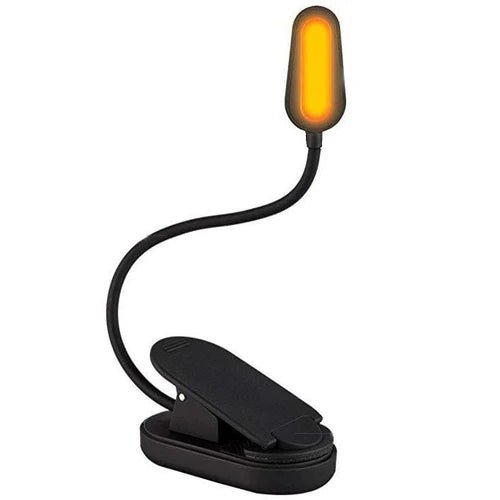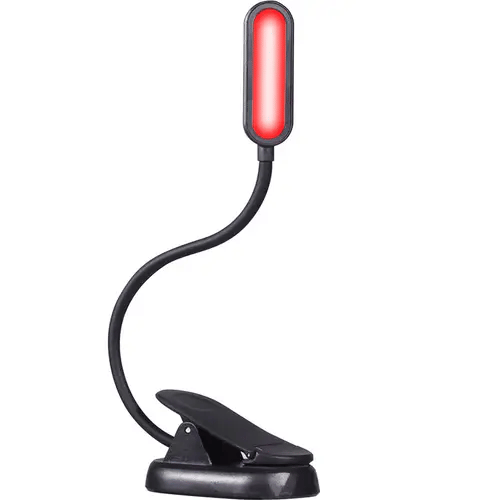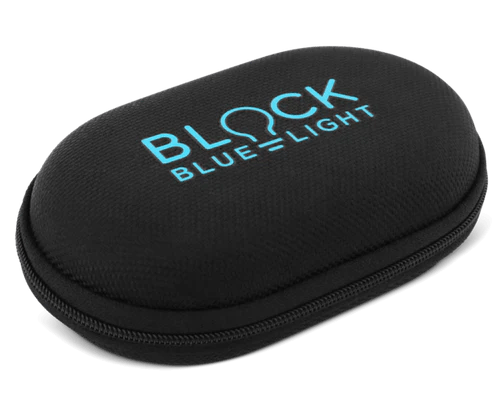The Science of Red Light: Why Your Body Thrives on These Wavelengths
What is Red Light?
Red light, often referred to in wellness as red light therapy (RLT) or photobiomodulation (PBM), is a form of natural light found within the visible spectrum. Scientifically speaking, it refers to light wavelengths between 600–700 nanometres (nm), with “near-infrared” (NIR) light extending just beyond the visible spectrum into 700–1000 nm.
Unlike ultraviolet (UV) light, which can damage skin, or blue light, which can disrupt circadian rhythms, red and near-infrared wavelengths are considered non-invasive and therapeutic. These wavelengths penetrate the skin and, depending on their depth, interact directly with cells and tissues.

The Science Behind Red Light
At the cellular level, red light works primarily through a process called photobiomodulation:
-
Mitochondria Activation
-
Mitochondria are often described as the “powerhouses” of our cells.
-
Red and NIR light stimulate an enzyme called cytochrome c oxidase (CCO) in the mitochondrial respiratory chain.
-
This helps mitochondria produce more adenosine triphosphate (ATP) — the molecule that fuels virtually every function in the body.
-
-
Improved Cellular Function
-
With more available energy, cells can repair, regenerate, and perform optimally.
-
This explains why red light therapy is linked to improved recovery, reduced inflammation, and tissue healing.
-
-
Nitric Oxide Modulation
-
Red light may also help release nitric oxide, a molecule that improves blood flow and oxygen delivery throughout the body.
-
-
Reduction of Oxidative Stress
-
By balancing reactive oxygen species (ROS), red light helps regulate inflammation and support cellular resilience.
-
Evidence-Based Benefits
While research is ongoing, numerous peer-reviewed studies have shown that red light and near-infrared therapy may support:
-
Skin health → stimulating collagen production, reducing wrinkles, improving wound healing
-
Muscle recovery & performance → reducing delayed onset muscle soreness (DOMS), accelerating repair after exercise
-
Joint health & pain relief → reducing inflammation and stiffness in conditions like arthritis
-
Cognitive support → early studies suggest potential benefits for brain health via improved circulation and mitochondrial support
-
Sleep quality → exposure in the evening may help regulate circadian rhythms by reducing blue-light dominance and supporting melatonin production
Safety & Practical Use
Red light therapy is considered safe, non-invasive, and free of harmful UV radiation. Unlike lasers, which deliver high-intensity energy, therapeutic LED panels or lamps deliver a gentle, low-level light designed for regular use.
The key factors that influence results include:
-
Wavelength (ideally 630–660 nm for skin, 810–850 nm for deeper tissues)
-
Irradiance (the intensity of the light on the skin surface)
-
Exposure time (typically 5–20 minutes depending on distance and device strength)
-
Consistency (regular sessions are more effective than occasional use)
In Summary
Red light is more than just a colour — it’s a scientifically validated wavelength of natural light that interacts directly with our cells to boost energy, repair tissue, and restore balance. By harnessing this spectrum through modern red light therapy devices, we can supplement the light our bodies often lack in today’s indoor, screen-driven environments.
It’s nature’s frequency, translated through science, to help us heal, recharge, and thrive.

